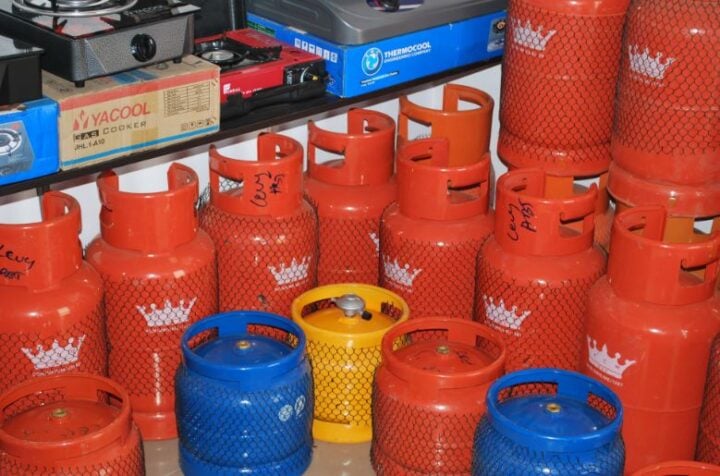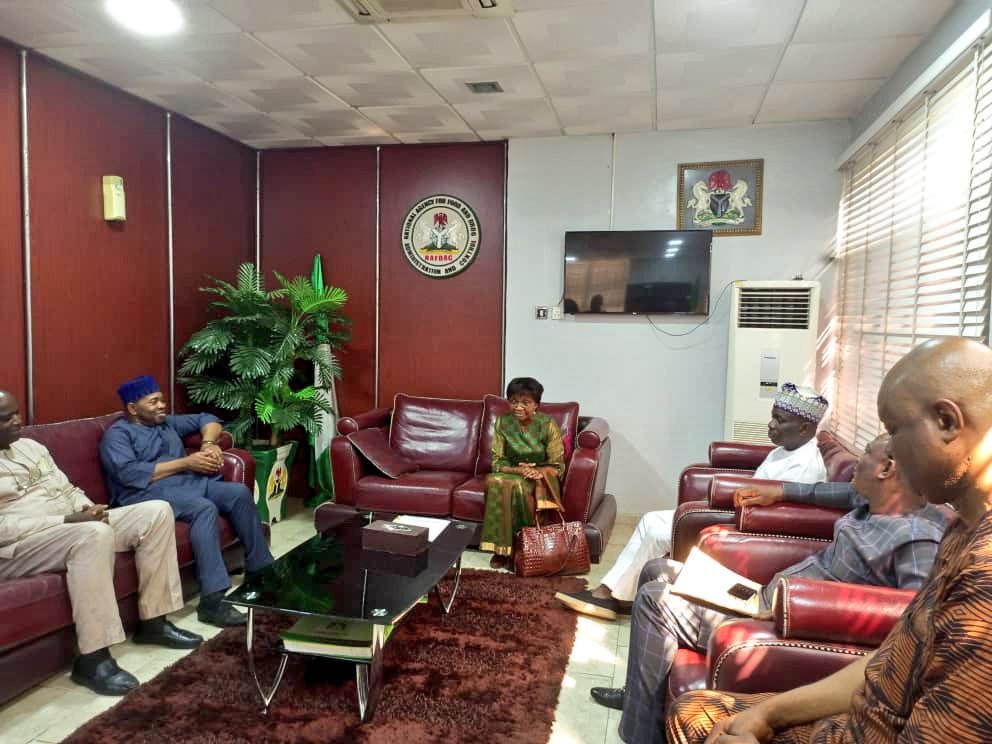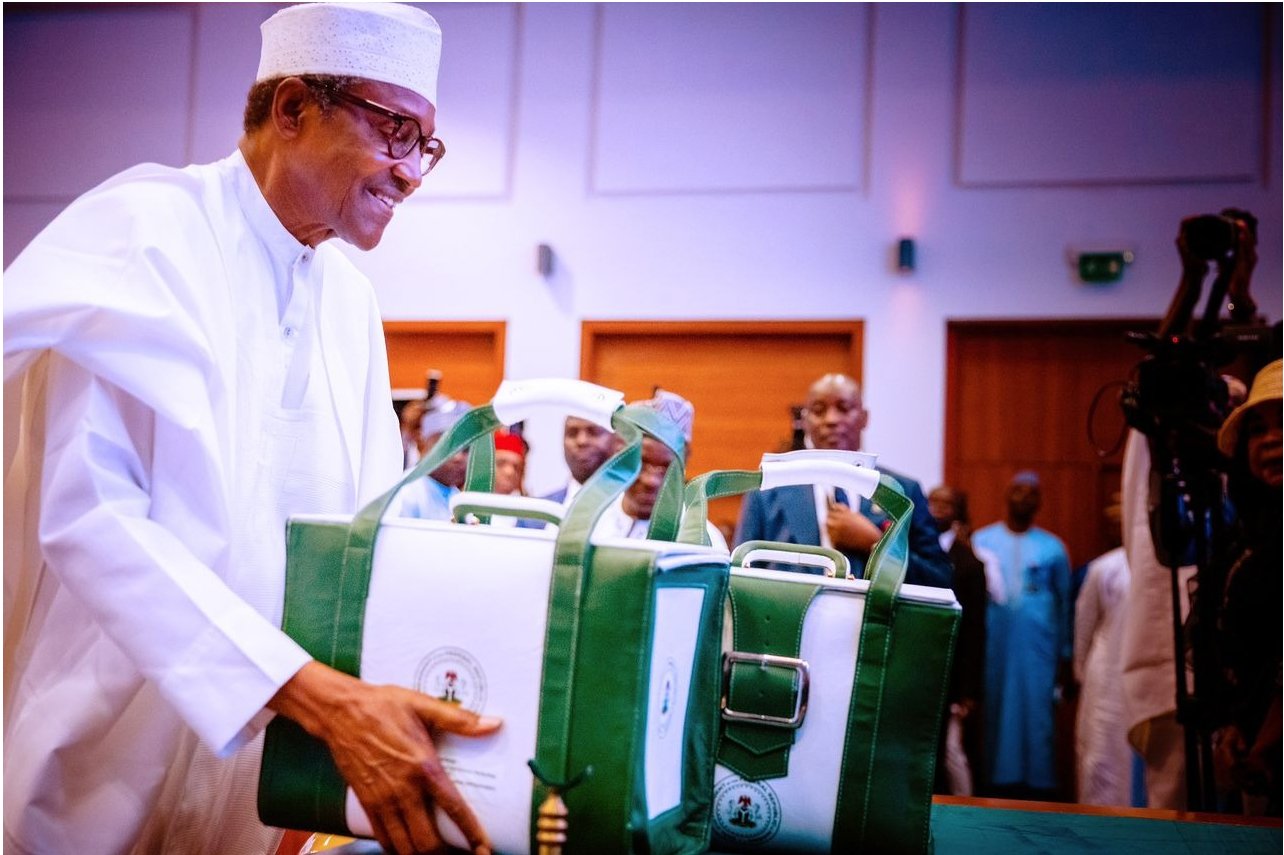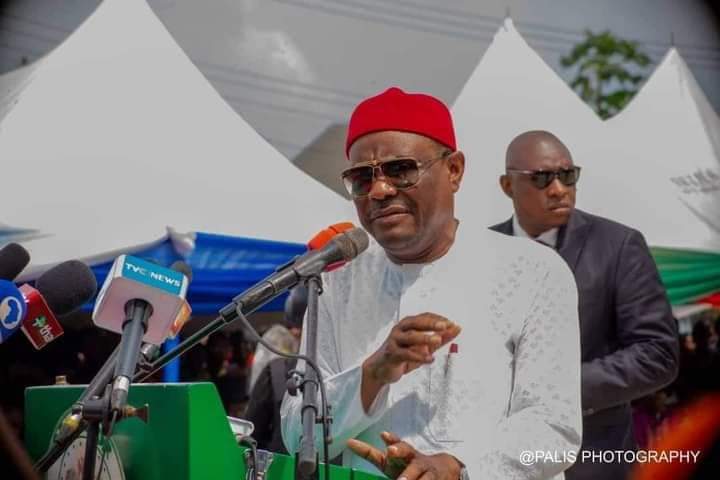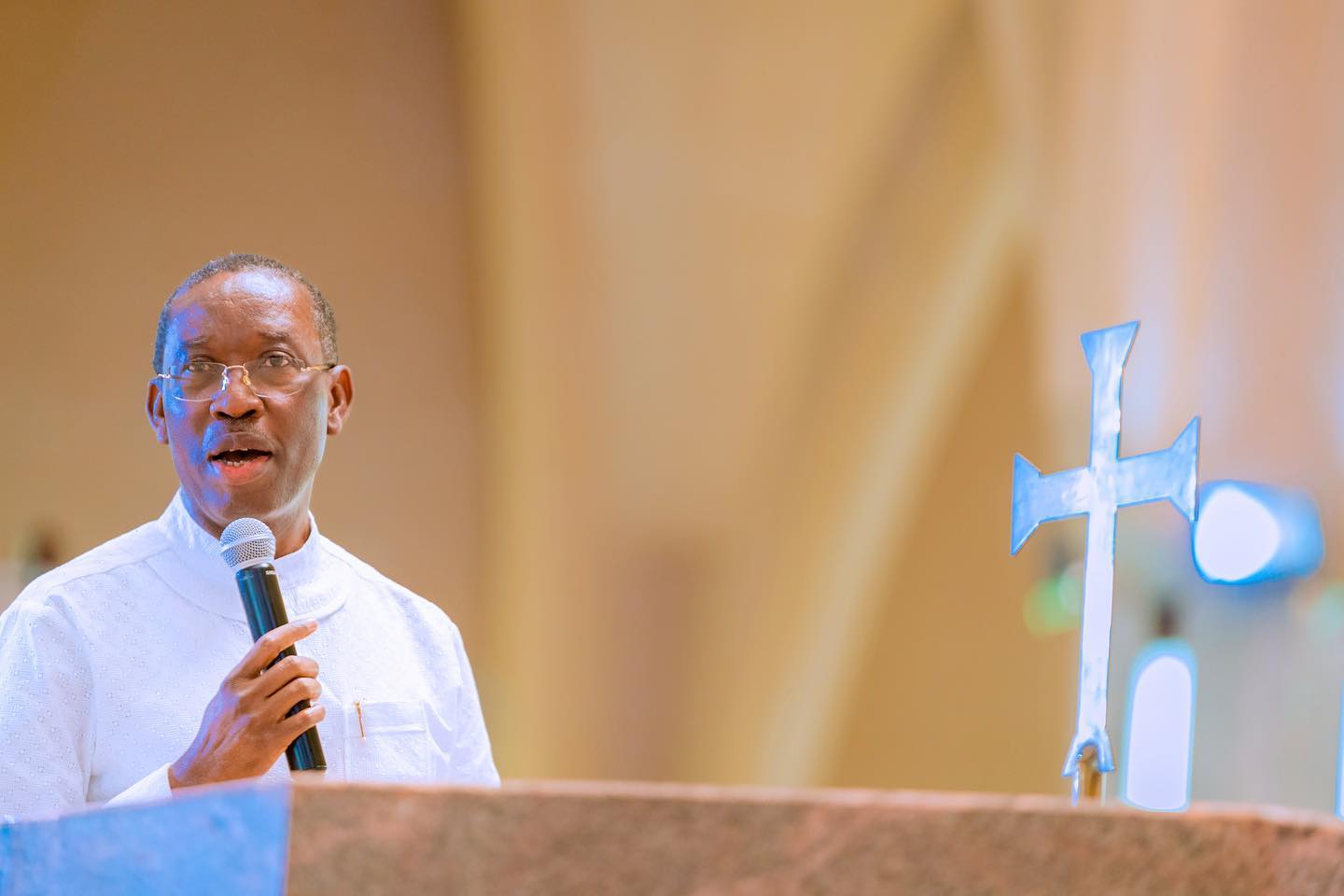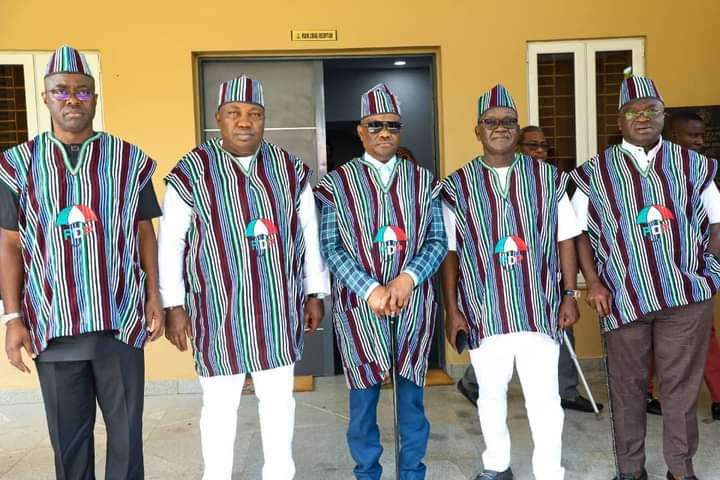Like many countries globally, Nigeria is intensifying efforts to transition to a green economy. One of the country’s lofty ambitions is to have 30 million households commence the use of liquified petroleum gas (LPG), popularly known as cooking gas, by 2027. The motivation is not far-fetched. Household air pollution is one of the largest risk factors for premature deaths, according to the World Health Organisation (WHO).
While the move to transition to a healthy form of cooking is applaudable, the current economic situation of Nigerians remains a major stumbling block to realising the country’s energy goals. On November 17, the National Bureau of Statistics (NBS) in its latest National Multidimensional Poverty Index Report, said 133 million Nigerians are multidimensionally poor.
“Multidimensional poverty is higher in rural areas, where 72 percent of people are poor, compared to 42 percent of people in urban areas,” the report read.
“Approximately 70 percent of Nigeria’s population live in rural areas, yet these areas are home to 80 percent of poor people; the intensity of rural poverty is also higher: 42 percent in rural areas compared to 37 percent in urban areas.”
Advertisement
The report showed that three out of five Nigerians live in poverty. In 2020, NBS reported that more than 80 million Nigerians live below the poverty line. In truth, the hike in the poverty level did not come as a shock to many. One did not have to look far to attribute the increase to the yearly galloping inflation.
As such, the statistics available leave major doubts about the practicality of the government’s proposal to inject the full use of LPG into Nigerian households, many of whom cannot afford the product.
In its annual LPG price watch report, the NBS said the average price for refilling a 5kg cylinder of cooking gas on year-on-year analysis increased by 84.37 percent in 2021. In its price watch for July 2022, 12.5kg of LPG increased by 122.15 percent year-on-year.
Advertisement
By implication, Nigerians paid an average price of N9,824.07 for refilling a 12.5kg cylinder of cooking gas in July 2022 compared to N4,422.32 in July 2021, about a third of the country’s minimum wage of N30,000 per month.
As a result of the increase in price, many Nigerians were left with no choice but to turn to the use of solid biomass for cooking, which according to NBS is used in 65 percent of households. This takes the federal government several steps backwards from achieving its cleaner cooking agenda.
“IF YOU CAN NOT AFFORD THE CONTAINER, YOU CAN NOT AFFORD THE PRODUCT”
As if the cost of gas wasn’t already a significant barrier to switching to cleaner cooking, cylinders pose a bigger threat.
Advertisement
Findings by TheCable revealed that in most cases, the 3kg gas cylinder, which is the smallest size, costs between N10,000 and N15,000. A 5 kg cylinder costs about N15,000 but with the option of a gas burner, it could be up to N20,000.
For a 10 kg cylinder, the price ranges between N25,000 and N40,000, depending on the brand, while a 12.5 kg cylinder costs between N28,000 and N45,000.
For larger options like the 50kg cylinder, the average price is between N74,000 and N95,500.
Conversations with some Nigerians disclosed that the high prices of the empty cylinders played a limiting role in discouraging them from using LPG.
Advertisement
“In this economy, there is no way I can afford a cylinder not to talk of gas, everything is expensive. Currently, I use firewood and that is enough. Gas is for big people, until God blesses me, I will continue to use my firewood,” Faith Ameh, a trader at a local market in Abuja, told TheCable.
Johnson Ayomide, a security guard, agrees with Ameh. He told TheCable that he barely makes enough to feed his family. As such, “gas is the last thing on my mind”.
Advertisement
On September 28, experts gathered at the WLGPA India-Nigeria LPG summit in Abuja, to discuss LPG penetration, accessibility, and funding in Nigeria.
It was established at the summit that a hike in the price of cylinders poses a threat to the effective transition to cleaner cooking.
Advertisement
Dayo Adeshina, programme manager, National Liquified Petroleum Gas (LPG) Expansion Plan, in the office of the vice-president, said funding was a challenge to injecting affordable cylinders into the market.
He added that a budget constraint impacted the safe use of LPG cylinders in many homes.
Advertisement
“The government did a risk assessment and it was clear that cylinders were a huge problem,” he said.
“For us to be able to achieve penetration from firewood, kerosene to LPG, cylinders are the main instruments for achieving this.
“The government had approved, actually 3 years ago, a cylinder injection scheme for the country. Obviously, the scale of what we’re trying to achieve for our population size shows that it requires at least over 100 million cylinders issued, or 60 million cylinders for 30 million homes, because you need at least 2 cylinders if you’re going to see changes.
“For the cylinders in the home today, your standard for cylinders already states that five years after manufacture, you’re supposed to re-certify, 10 years after, you’re supposed to re-qualify, and 15 years after, you scrap them out completely.
“I’m sure people have cylinders that are 20, 30 years in their homes and so the cylinder injection scheme was also designed to be able to retract those cylinders. So the challenge essentially was funding.”
According to Felix Ekundayo, deputy president of the Nigeria LP Gas Association (NLPGA), there is a critical need to re-evaluate the market structure.
“We need to look at what the market structure is at the moment. If you look at the federal government policy on gas, there are four sectors of LPG. There is the domestic, there’s industrial there’s power and there’s autogas,” he said.
“The burden of growth alone has been on the domestic, and the domestic has done extremely well to drive the country’s consumption to one of the fastest-growing LPG markets in the world, but what about the other 3 sectors?
“This container [gas cylinders] is one of the few markets where the container is more expensive than the product. If you therefore cannot afford the container, you cannot afford the product. Therefore a policy that is designed to make the container cheaper is paramount. If we are going to reach 5 million tonnes, we need to look into policies that are holding this back.”
LOW PRODUCTION AFFECTS PRICE STABILITY
Nigeria is largely a consumption economy and this is evident in the LPG sector. A low production output, coupled with instability in the foreign exchange, has worsened the affordability of cooking gas.
Ekundayo explained that moving the country from a consumption to a production-centred hub is one of the ways to achieve price stability in the LPG market.
“In a country that is short in terms of production, you end up in a situation where you are import priority. As you drive your production to increase beyond consumption, you move to export priority which will be lower than import priority. The objective is to move from import priority to export priority. What do I mean by that? If our demand is 1 million, we need to have production of 1.1m, that automatically swings you over to export pricing,” he said.
“So the focus, therefore, has to be on increasing supply into the domestic market to the point where our local pricing is lower than our export pricing. Unfortunately, because we are reimporting products, we need to change that. So those are the kind of targeted moves that the country needs to awaken itself to.”
Lawal Bello, acting managing director of NNPC Retail LTD, opined that a functioning structure needs to be in place to reach the people who matter most at the bottom of the LPG chain.
“There is a need for funding and access to funding by state actors and other government agencies. How are you reaching your customers? These are the questions we need to ask. There’s also a need for robust distribution because sometimes you find out people are cut off not because they cannot afford it, but because it is not available. We need a structure that drives penetration,” Bello said.
To effectively expand LPG penetration, Michael Kelly, chief advocacy officer, and deputy managing director at the WLPGA said “there has to be a clear policy from the government”.
Kelly further explained that the said policy has to be driven by a senior member of the government who has the power to drive all ministries to come together and make sure everyone is on board.
Add a comment
